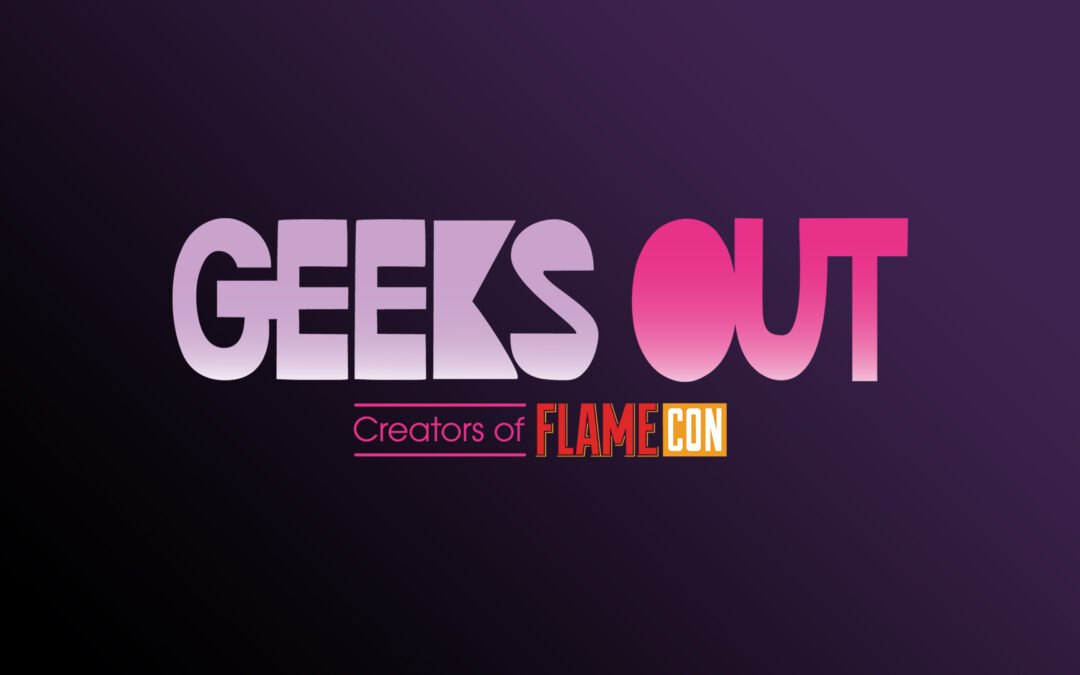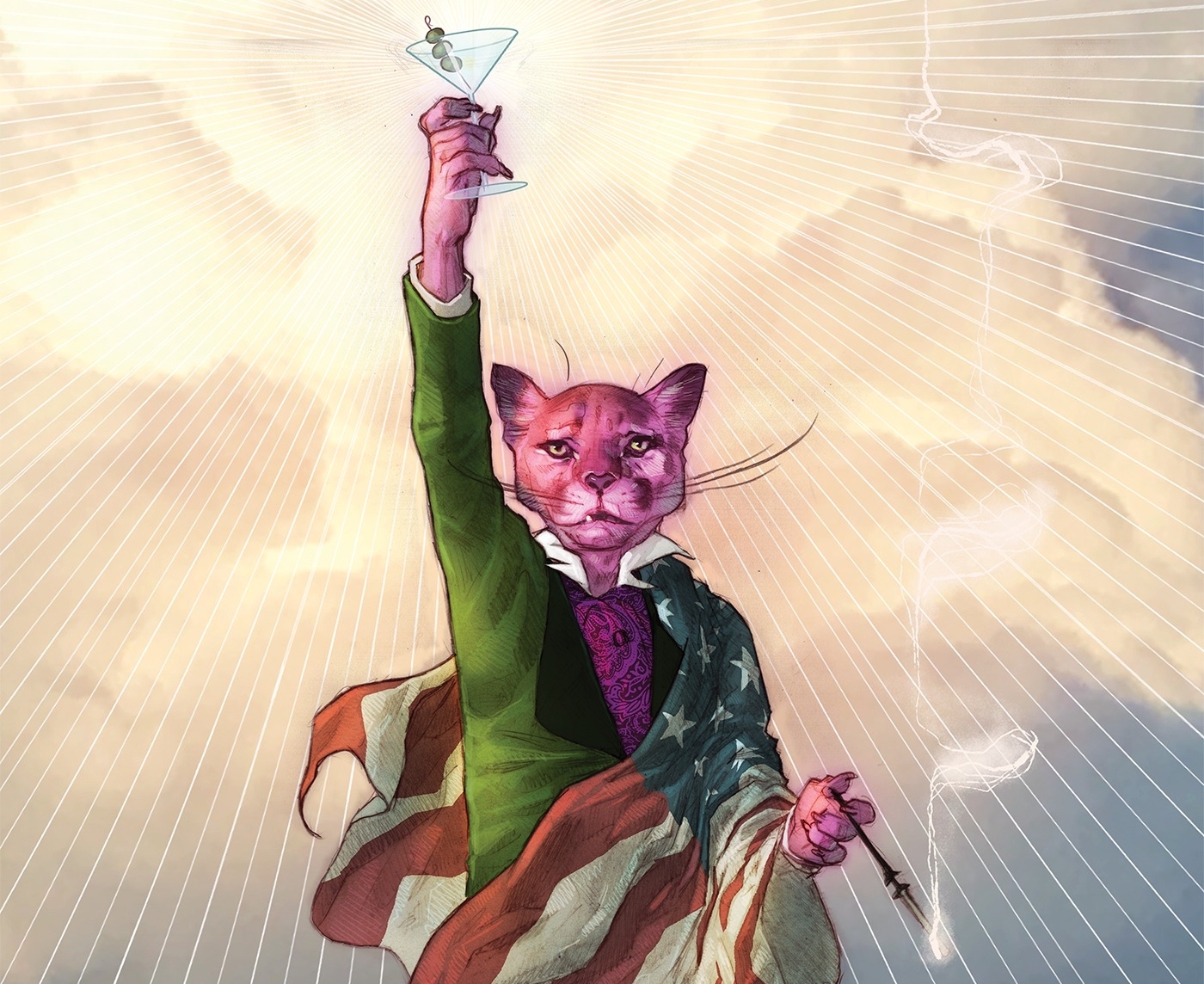
by Geeks OUT | Jan 8, 2018 | Blog
What counts as authentic queer content? It seems natural that anything includes a queer character should be included. But as representation in media is (slowly) on the rise, it’s be time for more specificity. Because the queer community deserves decisive and...

by Daniel Stalter | Jan 3, 2018 | Blog
It’s 1953. The U.S. House Committee on Un-American Activities is running full steam on their public interrogations of “subversives and deviants.” Snagglepuss is a successful Broadway playwright with a secret. This is how the stage is set in the...




